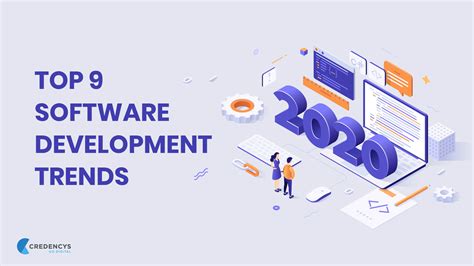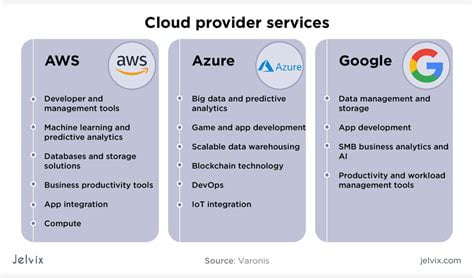Big data images are becoming increasingly popular as data visualization tools. With the rise of big data, businesses and organizations are looking for ways to make sense of the massive amounts of data they collect. Through data visualization, big data images offer a way to present complex information in a way that is easy to understand and interpret. In this article, we explore the power of big data images and how they can be used to drive insights and make informed decisions.
Big data images are visual representations of large datasets. They can take many forms, including charts, graphs, diagrams, and maps, among others. The goal of big data images is to make complex information more accessible and easier to understand for non-technical audiences. By presenting data in a visual format, big data images help to highlight patterns and trends that might not be obvious in raw data.
The Importance of Big Data Images
Big data images are important because they help to drive insights and make informed decisions. They offer a way to communicate complex information to a broad audience, making it easier for people to understand and act on that information. With big data images, businesses and organizations can identify patterns and trends that might not be visible in raw data, allowing them to make better decisions based on data-driven insights.
The Benefits of Big Data Images
There are many benefits of big data images, including:
- Easy to understand and interpret
- Highlight patterns and trends
- Communicate complex information to non-technical audiences
- Provide data-driven insights
- Enable better decision-making
The Challenges of Big Data Images
While big data images offer many benefits, there are also challenges to consider. Some of the challenges of big data images include:
- Ensuring accuracy and completeness of data
- Choosing the right visualization to represent the data
- Maintaining consistency and clarity across multiple visualizations
- Ensuring the security and privacy of sensitive data
Best Practices for Creating Big Data Images
When creating big data images, it is important to follow best practices to ensure that the visualizations are accurate, clear, and effective. Some best practices for creating big data images include:
- Choose the right type of visualization for the data
- Ensure accuracy and completeness of data
- Use clear and concise labels and titles
- Avoid clutter and unnecessary details
- Ensure consistency across multiple visualizations
- Test and optimize visualizations for different audiences
What is big data?
Big data refers to the large and complex datasets that are generated through various sources, including social media, sensors, and other digital sources.
What is data visualization?
Data visualization is the process of presenting data in a visual format, such as charts, graphs, and maps. The goal of data visualization is to make complex information more accessible and easier to understand.
What are the benefits of data visualization?
Data visualization offers many benefits, including the ability to communicate complex information to a broad audience, identify patterns and trends, and provide data-driven insights for better decision-making.
What are the challenges of data visualization?
Some of the challenges of data visualization include ensuring accuracy and completeness of data, choosing the right type of visualization for the data, and maintaining consistency and clarity across multiple visualizations.
What are some best practices for creating data visualizations?
Some best practices for creating data visualizations include choosing the right type of visualization for the data, ensuring accuracy and completeness of data, and using clear and concise labels and titles.
What types of data visualizations are available?
There are many types of data visualizations available, including charts, graphs, diagrams, maps, and more. The choice of visualization depends on the type of data and the audience.
How can big data images be used in business?
Big data images can be used in business to drive insights and make informed decisions. They offer a way to communicate complex information to a broad audience, making it easier for people to understand and act on that information.
What are some examples of big data images?
Some examples of big data images include charts and graphs that show trends in sales or customer behavior, maps that show the distribution of resources or services, and diagrams that show the relationship between different data points.
Pros
Big data images offer many benefits, including:
- Make complex information more accessible
- Highlight patterns and trends
- Provide data-driven insights
- Enable better decision-making
- Communicate complex information to non-technical audiences
Tips
When creating big data images, consider the following tips:
- Choose the right type of visualization for the data
- Ensure accuracy and completeness of data
- Use clear and concise labels and titles
- Avoid clutter and unnecessary details
- Ensure consistency across multiple visualizations
- Test and optimize visualizations for different audiences
Summary
Big data images are powerful tools for data visualization that offer many benefits, including the ability to communicate complex information to a broad audience, identify patterns and trends, and provide data-driven insights for better decision-making. However, creating effective big data images requires careful consideration of best practices and attention to accuracy, clarity, and consistency.
 Eltupe Technology And Software Updates
Eltupe Technology And Software Updates



